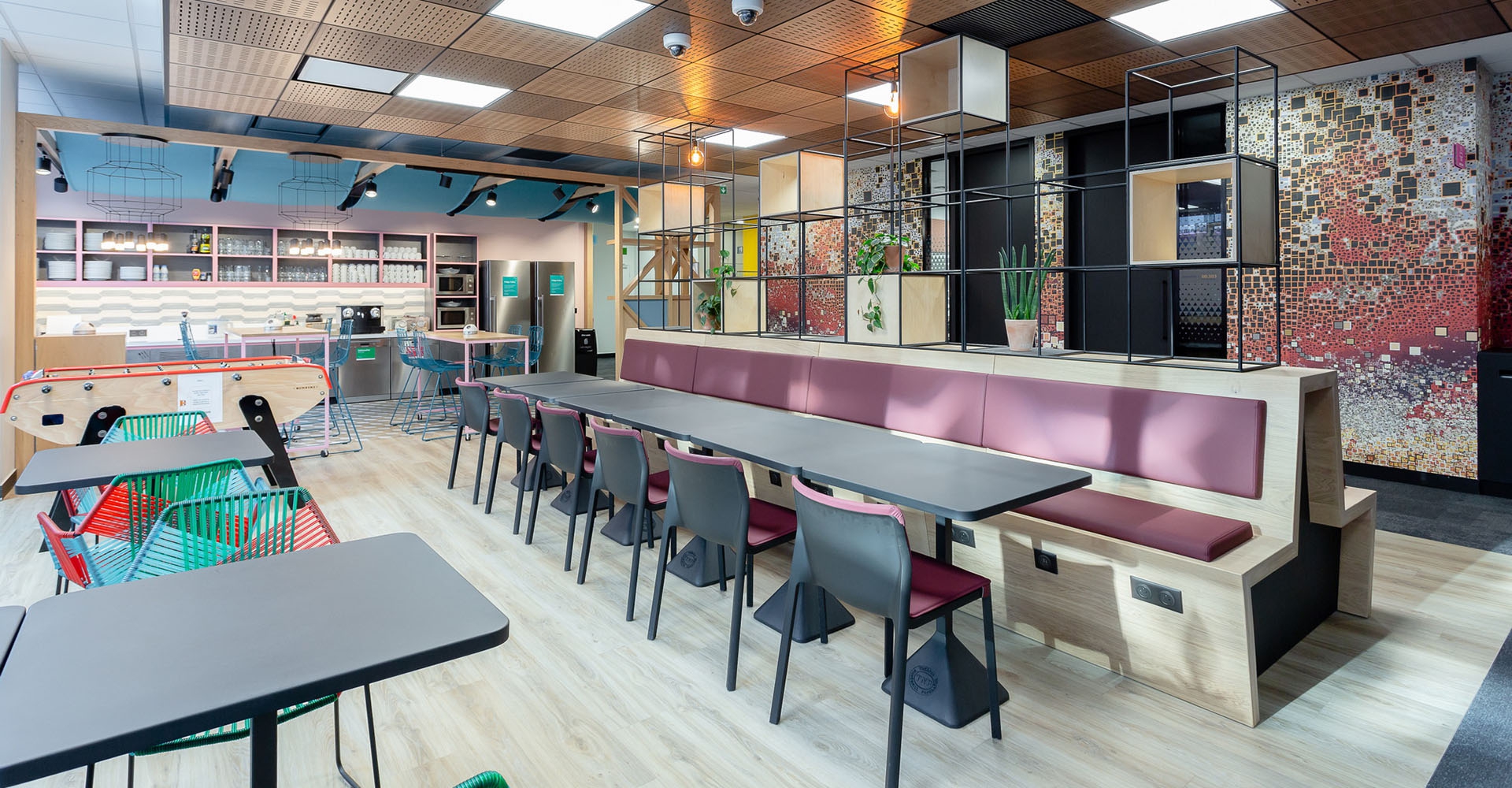
Can Workplace Design Really Influence Human Behaviour?
A look at the working conditions design can change and whether these changes can really improve wellbeing, productivity, creativity and the likes.
In recent times office layouts have been moving away from the old model of personally assigned cubicles and towards a more open, varied space that’s designed with the needs of staff in mind. There’s a widespread belief that not only should workplaces be designed to reflect how employees behave, but that they can in turn influence this behaviour; but is this really true? After all, doesn’t it take more than some exposed brickwork or a nice shade of paint to change the way we think? In this blog, we’re going to look at some of the working conditions that design can change, and whether those changes can really improve wellbeing, productivity, creativity and the like.
Biophilia
Having a more natural working environment, with green features like views of the outdoors and daylight, raises productivity significantly; that’s according to researchers from Carnegie Mellon University and the Rocky Mountain Institute. And there’s a solid scientific basis for this: natural light, in particular, helps us to maintain our circadian rhythms, which in turn reduce stress.
Likewise, good air quality (which office plants and open windows can help to improve) contributes to a reduction in respiratory illness, asthma, allergies and the like. One estimate suggests that improving air quality, lighting and ambient temperature in U.S. workplaces could lead to a productivity gain of as much as $235 billion.

Ergonomics
Physical comfort also has a clear positive effect. A recent survey by design and architecture firm HOK found that 82% of employees across various industries experience discomfort: most commonly neck, back and shoulder pain caused by sitting for long periods and poor posture. According to the American Academy of Orthopaedic Surgeons, the combined cost of lost wages and treatments related to these complaints was equivalent to $849 billion in 2004, or 7.7% of gross domestic product; and that’s without even considering the loss of productivity.
So, a building that provides pleasant conditions can certainly help staff to work productively. But whether design can change our moods is harder to tell.
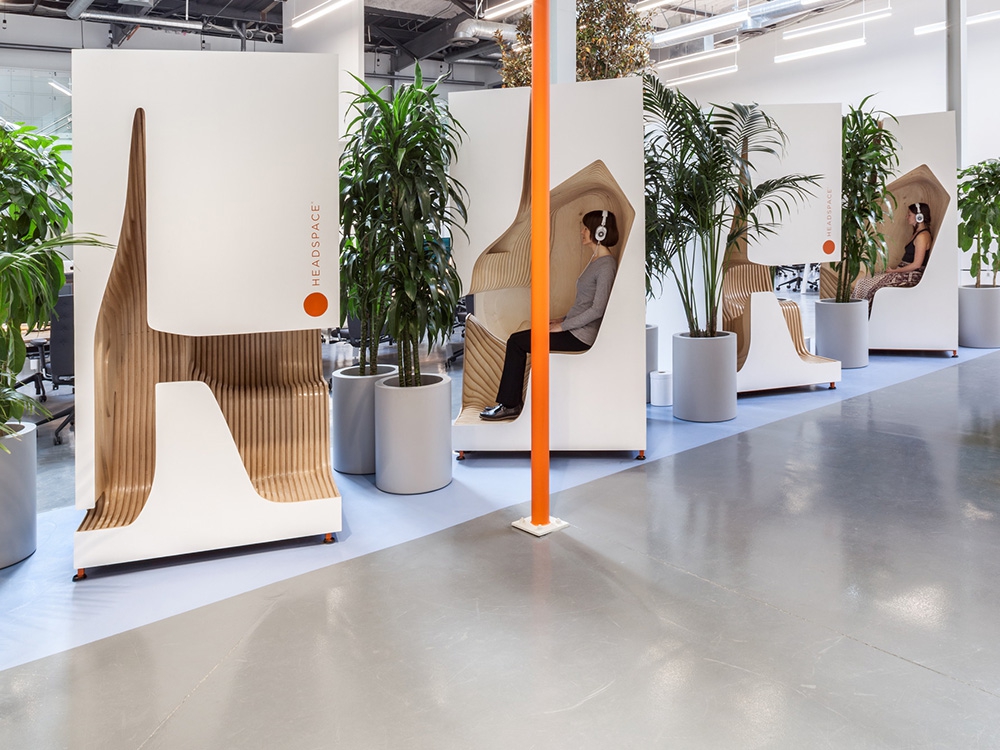
Space
A recent experiment at the University of Minnesota’s Carlson School of Management looked at how ceiling height affects human behaviour and found that lower ceilings help us to focus, while higher ceilings help us to think more imaginatively and on a grander scale. What we can’t be sure of, however, is how much of an impact this has. Moreover, both of these kinds of thinking are important for modern companies; so how high should we have our ceilings?
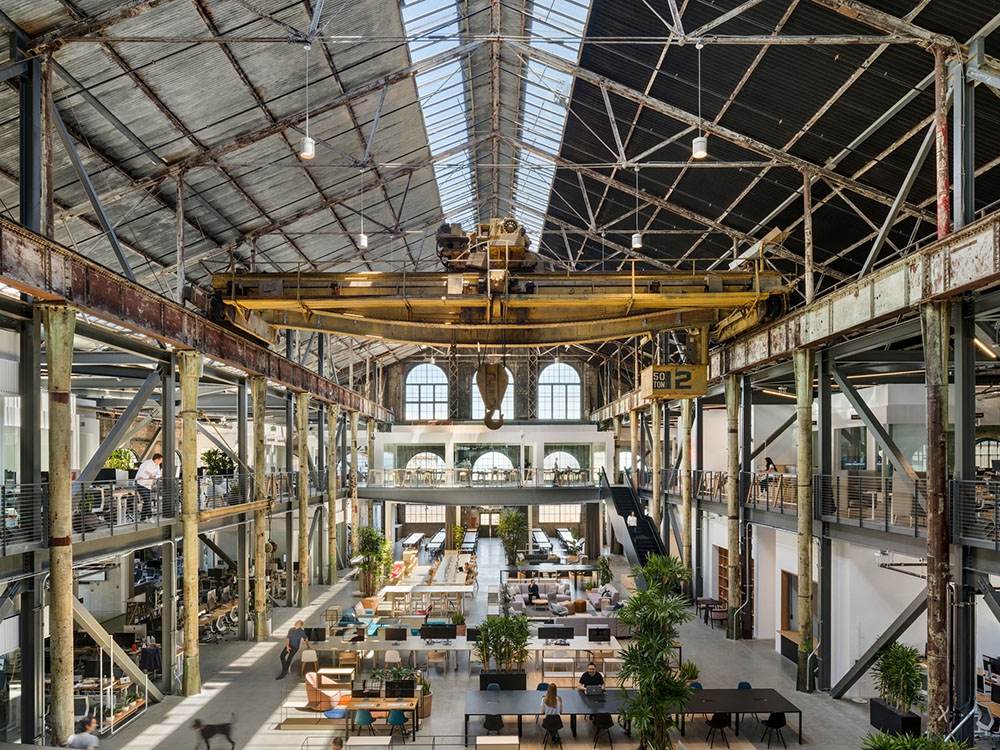
Similarly, environmental noise helps with some tasks and hinders others: music or noise interruptions can help to stimulate employees performing simple tasks but distract those trying to focus on more complicated ones. Thus noise can both raise and decrease productivity depending on circumstances. As you can see, designing an ideal workplace is a confusing process!
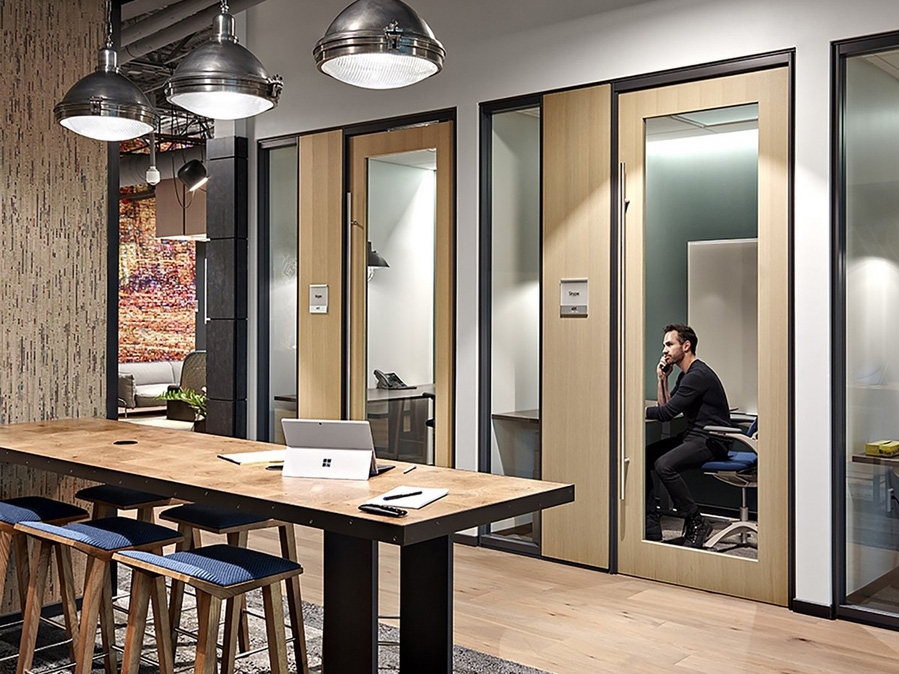
Colour
Here’s another conundrum: bright colours are supposed to help with focus and accuracy. Blue is calming, red boosts our passion and energy, orange raises our self-esteem, yellow makes us clear-headed and alert, pink helps with feelings of anger and irritation...
But, once again, it’s hard to be sure of how strong these effects are, and furthermore all of these attributes are helpful. So what colour should our offices be? Or do we have to choose different colours for every wall?
_big.jpg)
Temperature
21.6° Celsius is considered just right for offices: a change of 1° C in either direction causes a 1 or 2% dip in performance. However the most comfortable temperature is not necessarily the most productive: slightly lower temperatures are thought to improve employees’ accuracy and also reduce the amount of sick leave taken.
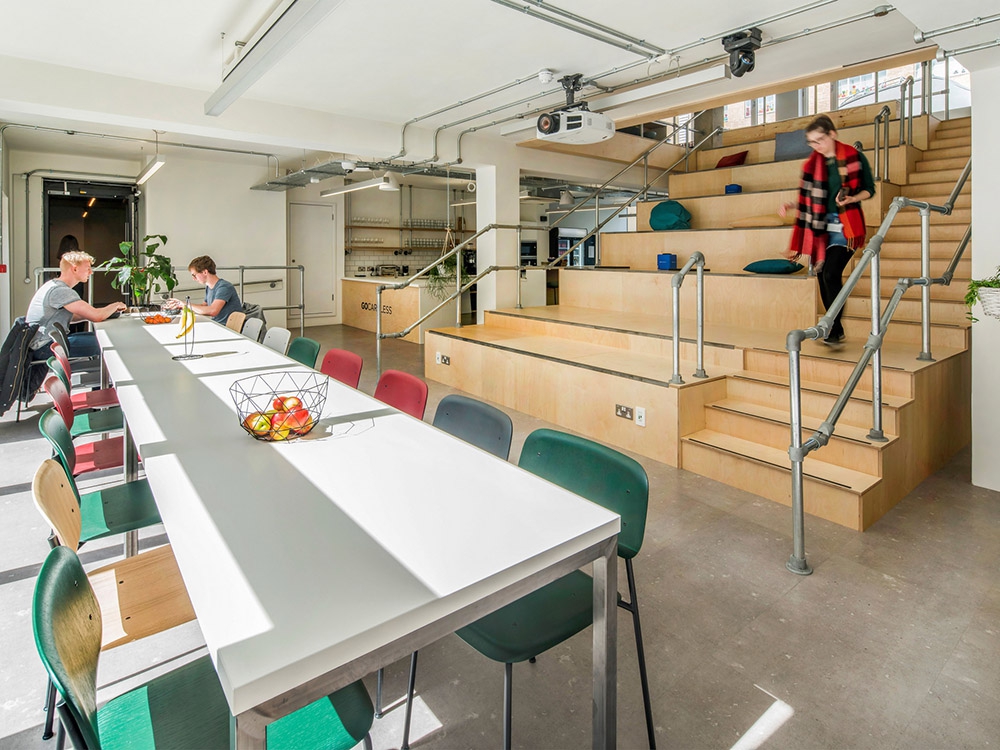
Furthermore, a recent study, which tracked an insurance company as it moved premises, found that giving employees control over the temperature in their working areas led to a rise in productivity of 2.8%; one of the very best ways to raise productivity is to give staff more control over their own working environment.
People are generally happier if they can choose where in the office they’d like to work each day, and if they have some degree of control over noise levels. Having the ability to make just small changes, like turning on a desk lamp or a fan, raises satisfaction. In fact, simply having a feeling of control makes a massive difference. According to environmental psychologist Sally Augustin, “When we don’t feel in control of what happens to us in a place, we are stressed, discouraged and frustrated. Feeling in control is the key here; we don’t have to actually exercise control to reap psychological benefits.”
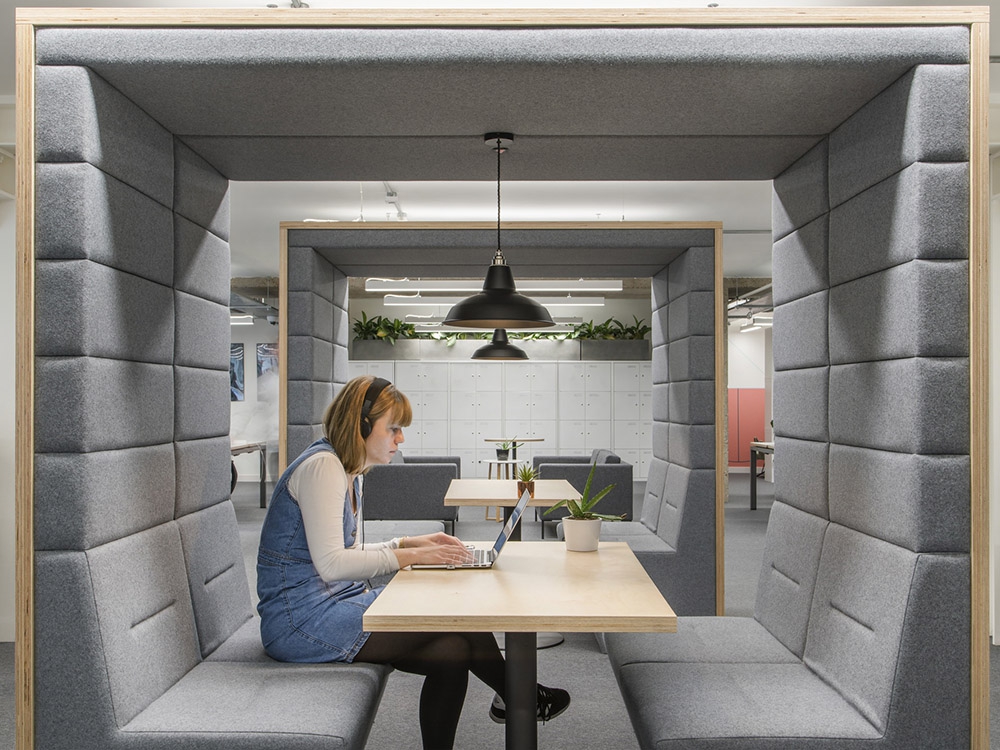
So in today’s workplace, in which all kinds of people are working in different ways, the best way for designers to help support good practices is to provide staff with a wide range of spaces to choose from, and as much control over their working conditions as possible. And while design can certainly help to change employees’ behaviour, in order to make large changes to company culture, it has to be used as part of a larger and more multifaceted approach.
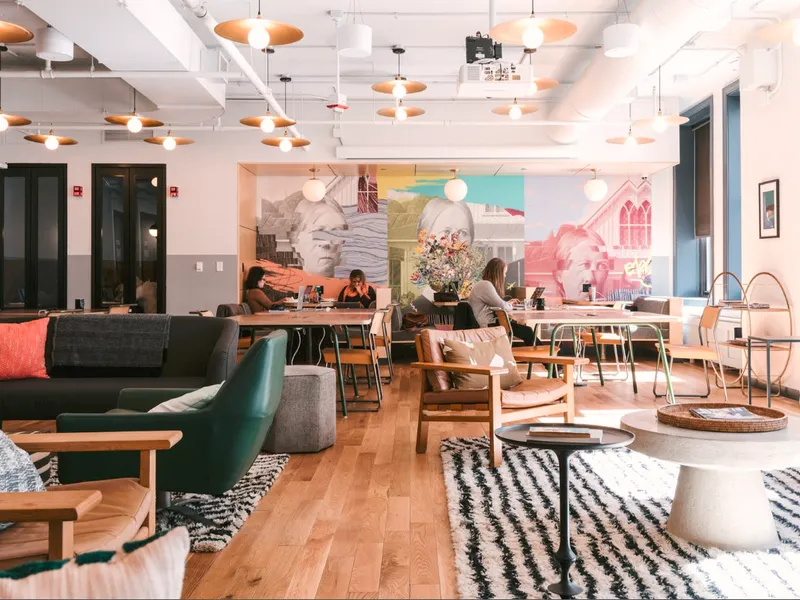
_small.jpg)

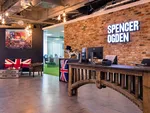
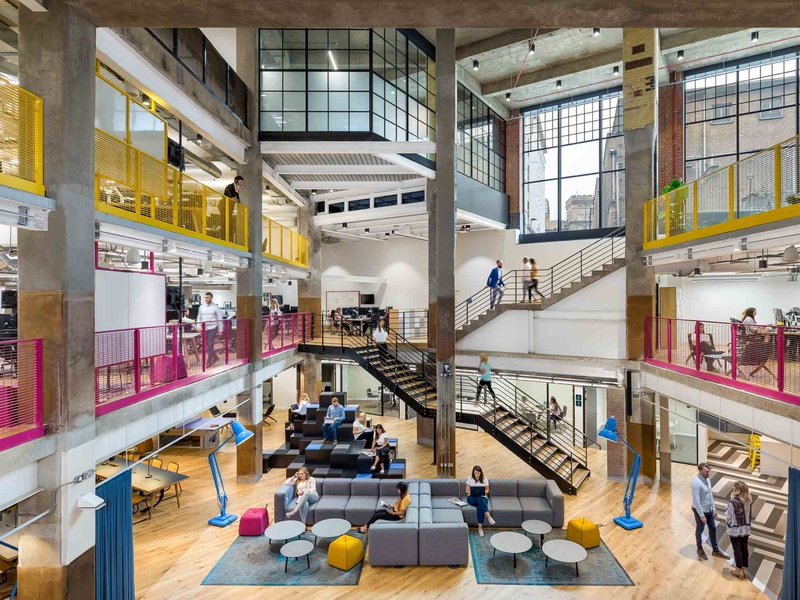
Online photo printing company Photobox Group, recently asked workplace design experts Oktra to transform the old Herbal…
MANUFACTURING
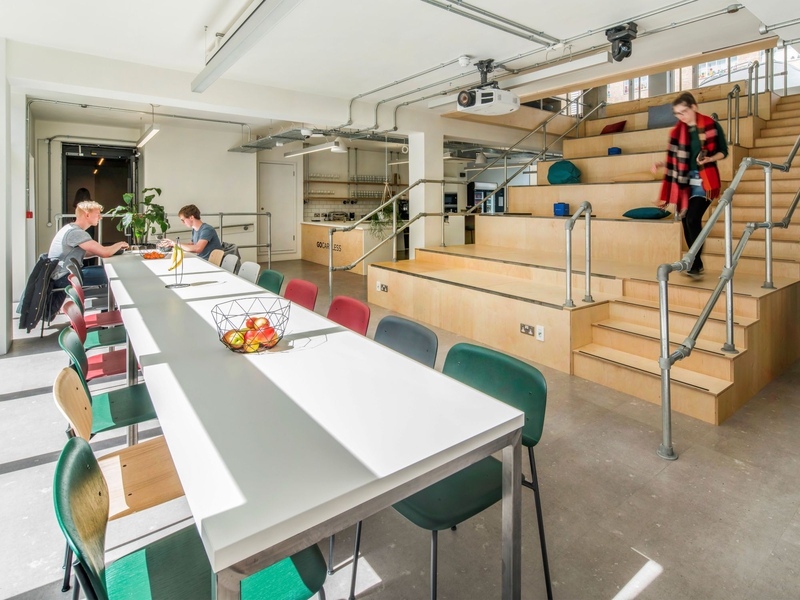
Online Direct Debit specialists GoCardless, have recently moved into larger premises in the creative hub of Sutton Yard…
FINANCIAL SERVICES
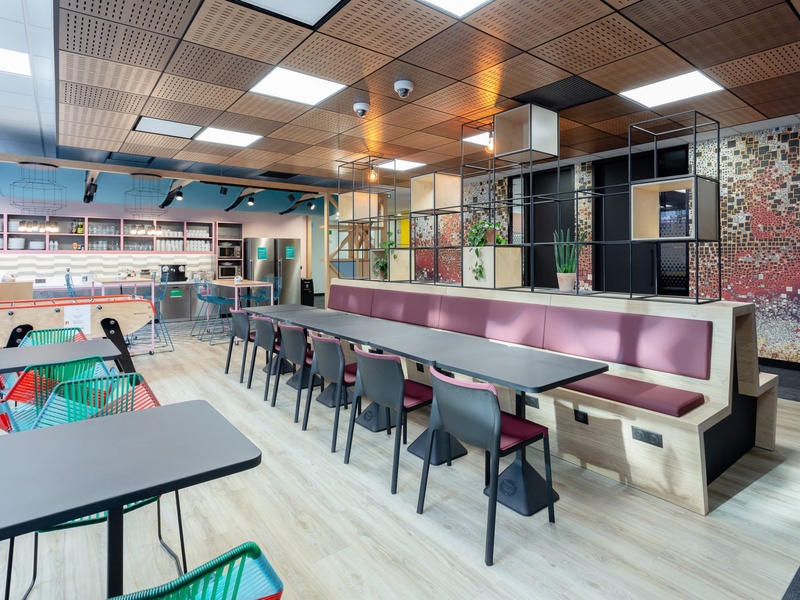
Leading contractors ISG, working with a world-leading retailer have created a spectacular workspace in Saint-Ouen, a Pa…
RETAIL